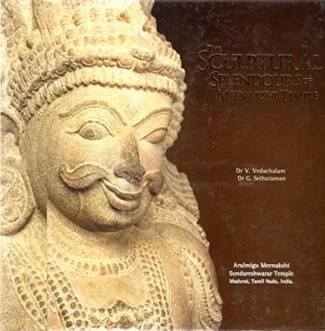
The Sculptural Splen...
The Sculptural Splendours of Meenakshi Temple
by: Dr. V. Vedachalam , Dr. G. Sethuraman₹1,100.00 Original price was: ₹1,100.00.₹990.00Current price is: ₹990.00.
ISBN: 9788193883907
Year Of Publication: 2019
Edition: 1st
Pages : 195
Bibliographic Details : Bibliography
Language : English
Binding : Hardcover
Publisher: Arulmighu Meenakshi Sundareshwarar Temple
Size: 24
Weight: 875
“The Sculptural Splendours of Meenakshi Temple” Cancel reply
- Sale!Akbar, The Aesthete by: Indu Anand
₹4,800.00Original price was: ₹4,800.00.₹4,320.00Current price is: ₹4,320.00.Mughal miniatures are a vivid account of the cultural, sociopolitical scenario of the Mughal era. Jalal-ud-Din Muhammad Akbar, the most powerful Mughal emperor, was a great aesthete and promoter of arts. Eminent Persian and Indian artists thronged his Royal Studio and were encouraged to paint numerous emotive miniatures of style and substance, communicating highly complex narratives. These miniatures are a beautiful manifestation of human expressions, vividly encapsulating moments of history for posterity.
This book combines the sources and methodology of history and art history of the Mughal era, and is an analysis of a select group of paintings of Akbar’s reign. The miniature paintings incorporate a wide variety of rich, vibrant and varied themes, ranging from durbar scenes, depicting Akbar in different moods and forms, the princes and nobles in their finery, hunting and battle scenes, elaborate scenes of royal births, construction scenes, ascetics, common man, and countryside scenes, to the flora and fauna. Individual analyses of these miniatures, shows the manner of their composition and the inherent value of their sociocultural content in a lively manner. These paintings became a passion and a diversion for Akbar, who had an innate aesthetic sense.
However, there are hardly any true-to-life paintings of women of the royal seraglio. This book thus attempts to cover some images of femininity, whether it is of Queen Alanquwa, Akbar’s mother, or of Madonna as sacred mothers, and women, per se, in different roles. These miniatures make one wonder how much these women contributed to the life of Mughal India.
This unique volume, having given transliteration and translation of the original Persian text of the miniatures, provides an insight into Akbar as an aesthete, and will help academics and laymen alike in appreciating the beauty and history of Akbar’s period. - Sale!Rated 5.00 out of 5The Yoga of Netra Tantra by: Bettina Sharada Bäumer, Shivam Srivastava (Editor),
₹1,700.00Original price was: ₹1,700.00.₹1,530.00Current price is: ₹1,530.00.The Netra Tantra “Tantra of the (Third) Eye (of Siva)”, also called Mrtyujit (Conqueror of Death), is one of the fundamental scriptures of non-dualist Kashmir Saivism or Trika. It is the only Tantra having the Third Eye of Siva as title and theme, and it contains three important chapters on Yoga, relating to three ways of overcoming death.
This book, besides giving an introduction to the Tantra, contains an interpretation of the three chapters; Chapter 1 deals with the Eye of Siva, Chapter 7 with subtle Yoga, and Chapter 8 with supreme Yoga. The same texts are presented in Devanagari, transliteration and translation, including the eleventh-century commentary of Ksemaraja, illustrious disciple of Abhinavagupta. The Appendix contains illustrations of the theme of trinetra from different sources, mainly connected with Kashmir, as well as a comparative study on “The spiritual eye in the Christian mystical traditions”.
This book is an important contribution to the studies on non-dualist Saivism or Trika, and especially to its Yoga. - Sale!Buddhist Art of Kausambi by: Aruna Tripathi
₹2,500.00Original price was: ₹2,500.00.₹2,250.00Current price is: ₹2,250.00.The Upanishads capture the quintessence of Indian spiritual wisdom unfolding deepest, highly perceptive reflections on human existence and how it is related to the mysterious cosmos. Authored by enlightened seers over the period of 1500-200 bc., the Upanishadic message is a magnificent vision that raises human consciousness to sublime heights. One of the major centres of Buddhist art in ancient times, Kausambi provides evidence of an uninterrupted art tradition spanning centuries. Pointing to the scant attention Kausambi has received from scholars in the past, this work attempts to highlight its art treasures through a study of its stone sculptures. Based on scrutiny of stone sculptures found at various sites in Kausambi and its vicinity and housed in different museums, it presents perhaps the first extensive documentation of the Buddhist art of the region from the Mauryan to post-Gupta period. It examines in detail over 300 stone sculptures, paying special attention to their iconographic features, types of stone, techniques of carving, grinding and polishing and their aesthetic appeal. All this comes with a background throwing light on the history of Kausambi and its association with Buddhism, the early archaeological explorations in the region, and the individuality and uniqueness of Kausambi art as compared to Mathura and Sarnath schools. The book presents over 225 black-and-white and over 50 coloured photographs of Buddhist sculptures which are neatly classified and systematically analysed. It would prove invaluable to scholars and students of Buddhist art.
- Sale!Elements of Indian Art by: S.P. Gupta, Shashi Prabha Asthana,
₹1,200.00Original price was: ₹1,200.00.₹1,080.00Current price is: ₹1,080.00.The book is a study of the fundamental principles of ancient Indian art and architecture, dealing with essentials of Hindu thinking and practice of art like the Hindu view of Godhead, iconography and iconometry, and symbols and symbolism in Hindu art. Referring to major classical Indian literary works shedding light on art and architecture, it undertakes a survey of Indian art and temple architecture from the 3rd century bc through the medieval period, highlighting the directional changes that marked the history of art, specifically sculpture and painting. It elaborately views the various terms and concepts associated with the field of art and iconography like mudras, asanas, pithas, explaining the nature of Buddhist and Jain deities as well as those of Hindu sects like Saivism, Vaisnavism and Saktism. Pointing out the importance of studying Hindu temple architecture in order to fully appreciate Hindu art which was meant for propagation of dharma, it analyses the basic features of the temple architecture and its regional variants. Tracing the differences in conception and delineation of a Hindu temple, a Muslim mosque and a Christian church, the research focuses particularly on the principles of visualisation of symbols and signs in Hinduism and Christianity. It also reveals how the West has viewed Indian literature and art, exposing the inner contradictions of some European thinkers who while praising literary works of Kalidasa and others condemned the Hindu images. The work contains more than 200 illustrations, half-tone and line drawings, that make the discussion easy to comprehend for a range of readers — scholars, students as well as laymen
- Sale!Art, Aesthetics and Philosophy by: S.G. Kulkarni, Kavita Chauhan,
₹420.00Original price was: ₹420.00.₹378.00Current price is: ₹378.00.The savants of the twentieth century have excavated the past to discerningly reveal the present. Swami Vivekananda, Rabindranath Tagore, Sri Aurobindo, Mahatma Gandhi and Ananda Coomaraswamy, among others, interpreted Indian aesthetics, civilization, culture and philosophy unearthing the Indian wisdom against the wrong interpretations and teachings of the Western colonial scholars. This volume, a collection of papers presented at a national seminar on the Philosophy of Ananda Coomaraswamy held in February 2011 at the University of Hyderabad, approaches Coomaraswamys philosophy on Indian aesthetics, life and religion from different perspectives.
The volume brings forth different facets of Coomaraswamy: as a catalyst in spiritualizing Indian arts; his views on modernism and anti-modernism; his efforts in aestheticizing India; his polemics of decolonization through art criticism; his aesthetical philosophy; his perception and understanding on art, culture and Indianness; his metaphysics; and his philosophical approach to visuals and materials from the lens of an art historian. It sketches Coomaraswamys multifaceted persona, enunciating that the crux of modern Indian philosophy is one of vision, rather than building theories.
In a nutshell this book presents the varied reflections on Coomaraswamys personality as a philosopher, art historian, art curator and his strong positioning against the colonial teachings of Western art historians and philosophers on Indias art, civilization and culture, projecting an image of Indianness in every sphere.



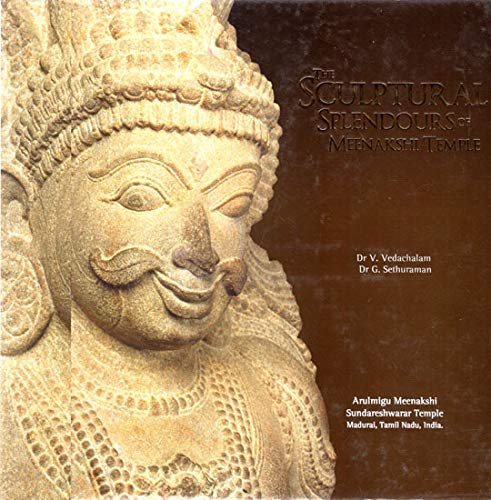
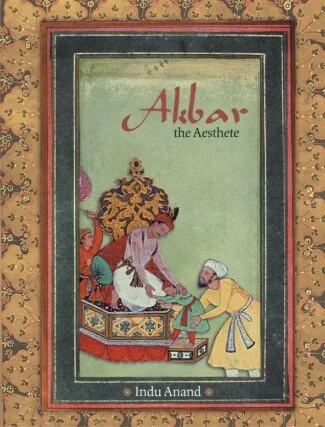

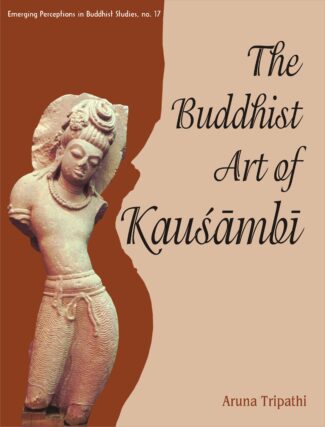
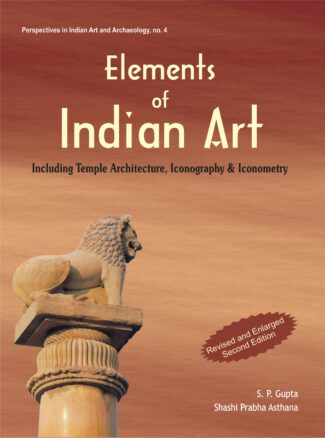
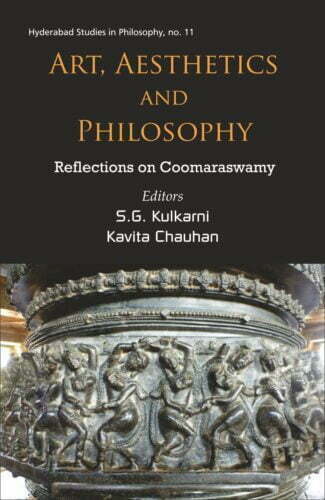
There are no reviews yet.